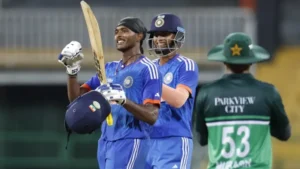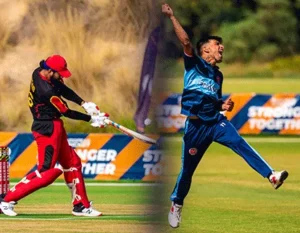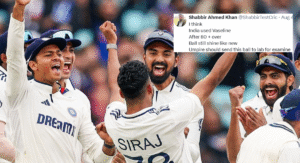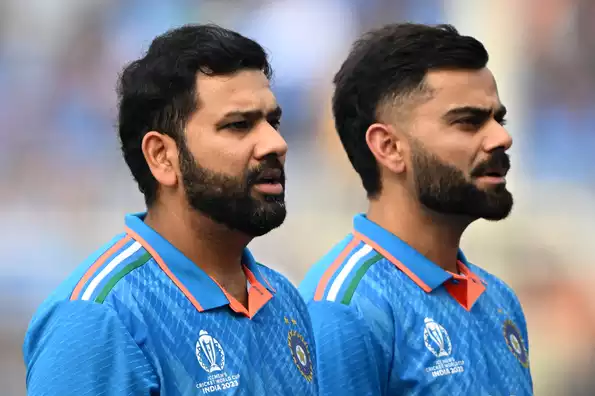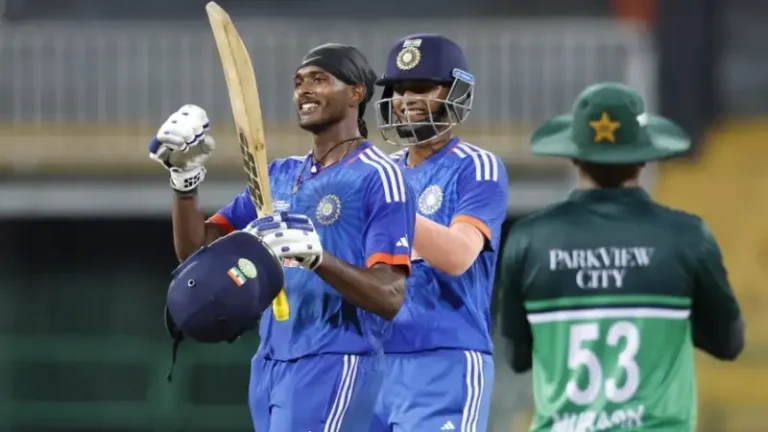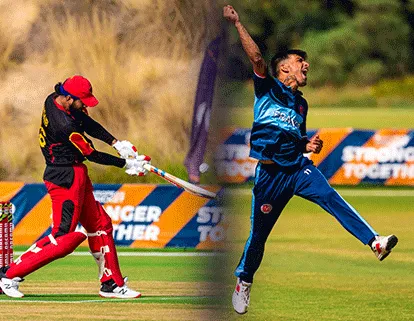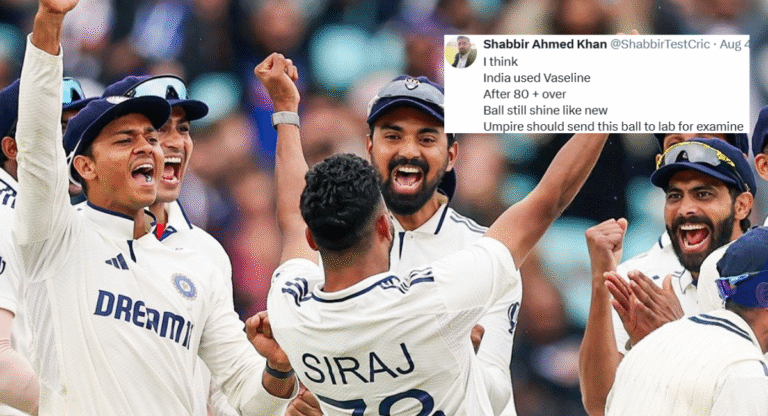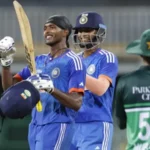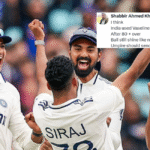For years, Rohit Sharma has been one of Indian cricket’s flagbearers — a match-winner, leader, and a constant in the limited-overs setup. But in recent news, the specter of age has become a decisive factor: his removal as ODI captain appears to be influenced as much by his years as by strategy.
The national selectors’ decision reflects larger changes in Indian cricket — a shift from legacy to longevity, from legend to performance. Rohit and Virat Kohli may no longer be viewed as indispensable, even in the format they now primarily play. This blog explores how age is now a factor in the captaincy debate, the implications for Rohit’s role, and what this signals about India’s cricketing future.
What’s Going On Behind the Scenes
1. The Age Realities
Rohit is currently 38; by the time the 2027 ODI World Cup rolls around, he will be 40. Kohli, who is 36 now, would be 39. Cricbuzz With few ODIs scheduled in the build-up to that tournament, selectors feel that bringing in a younger captain sooner gives more runway. Cricbuzz
While both have delivered heavily over their careers, the selectors’ calculus includes the long view: who can lead into the future, not just now. Age, therefore, is more than a number — it’s about utility, stamina, continuity.
2. The Shift Toward Meritocracy
Selectors appear determined to emphasize performance over name. According to the report, Rohit and Kohli will not get special privileges going forward: they must prove form, fitness, contribution — as any player would. Cricbuzz
Moreover, both are being asked to reengage with domestic cricket (50-over tournaments) if they want to remain sharp and relevant in selection. That signals that longevity must be earned, not assumed. Cricbuzz
3. Gill’s Rise & Long-Term Planning
A central part of this transition is Shubman Gill’s elevation as ODI captain. Gill’s appointment is not just for the Australia series — he is being groomed with the 2027 World Cup in mind. Cricbuzz The selectors and administration are signaling that the baton must move while the outgoing stars are still contributing, rather than waiting for a sunset.
In comparison, they are less decisive about Rohit’s and Kohli’s futures: the paper suggests ambiguity, which may reflect respect for their stature but also uncertainty about how to phase them out. Cricbuzz
Implications for Rohit & India’s Leadership Structure
For Rohit Sharma
-
Reinventing Role: If captaincy is removed, Rohit may have to reframe his role purely as a senior batter and mentor.
-
Increased Pressure on Performance: Without the leadership mantle, every successive knock will be scrutinized for justification of inclusion.
-
Domestic Cricket Re-entry: To prove relevance, returning to domestic one-day cricket (Vijay Hazare Trophy) will be critical. Cricbuzz
-
Physical & Mental Load: Age brings pacing, recovery, and injury concerns. Reducing leadership burdens may help him manage his playing career more sustainably.
For India’s Leadership & Culture
-
Centralized Vision vs Fragmented Command: With Gill in charge, India may move toward unified leadership rather than format-by-format fragmentation.
-
Youth & Transition Emphasis: This move cements that India wants to shift sooner rather than later; new generation leaders will have longer time to shape team culture.
-
Selector Accountability: The committee’s willingness to phase out legends underscores their readiness to make tough calls on legacy vs future.
Challenges & Risks of This Approach
-
Fan & Media Backlash: Rohit (and Kohli) have massive fanbases. Moves perceived as disrespectful could generate backlash.
-
Respecting Legacy While Transitioning: The balance between honoring contributions and enabling change is delicate. Getting it wrong can seem ungrateful.
-
Timing Issues: If the new leadership falters, critics may call for a return to past captains.
-
Morale & Dressing Room Shift: Changing leadership can cause friction among senior players accustomed to certain authority dynamics.
Why Age Is a Logical But Tough Criterion
Using age as a factor in leadership decisions is not inherently unfair. As with all elite sports, physical and mental demands change over time. Leadership, especially in ODIs, demands not just tactical acumen but stamina, adaptability, and the ability to lead over long series.
Yet the human element is tricky: years of experience, respect, and institutional memory don’t vanish just because a player has turned 38. Judges must weigh the value of wisdom against the imperative of freshness.
Final Thoughts
The news that Rohit Sharma’s captaincy may be ended — with age as a driving rationale — is not just about a change in leadership. It signals a deeper shift in Indian cricket’s culture: from reverence of legends to commitment to planning, from sentiment to sustainability.
Rohit and Kohli have earned every right to be heard in how this transition unfolds, and India’s management will need to tread carefully, balancing respect for the past with urgency for the future. Age may be the trigger, but how smoothly the transition is managed will define whether the change is remembered as harsh or humane.
